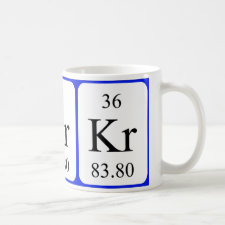
Authors: Pu P, Zhang M, Li YH, Zhang LN, Ren HY, Kong P, Pan LP
Article Title: Preparation and Evaluation of a Stable Solid State Ion Selective Electrode of Polypyrrole/Electrochemically Reduced Graphene/Glassy Carbon Substrate for Soil Nitrate Sensing.
Publication date: 2016
Journal: International Journal of Electrochemical Science
Volume: 11
Page numbers: 4779-4793.
DOI: 10.20964/2016.06.7
Abstract: In this study, a stable solid state sensor was developed for soil nitrate detection, which was based on the molecular imprinting principle using polypyrrole doped with nitrate (PPy- ) as the ion-selective membrane. Firstly, a theoretical analysis was conducted to confirm that a water layer formation between ion selective membrane and substrate was the key reason to response potential drift then a graphene layer was introduced as a hydrophobic solid contact layer by electrochemical reduction of graphene oxide onto the surface of glass carbon electrode (GCE). Finally, a PPy- film was modified on the GR layer by a pulsed electro-polymerization technique and the novel nitrate sensor was finished. The physical and electrochemical properties of obtained sensor were detailed by different characterization methods then a real soil detection was carried out to evaluate the sensor performance in practical application. It was found that the graphene layer could restrain the water layer formation and promote ion-to-electron transition effectively, which would enhance the output stability and response rate significantly. For the sensor, many expected performances were presented such as higher stability, sensitivity and selectivity, etc., which was indicated by a negligible potential drift (0.67±0.05 mV h-1), higher Nernstian slope (56.2±0.2 mV decade-1), wide linear range (10-5 - 10-1 M), satisfied detection limit (10-5.2±0.1 M) and a shorter response time (=15 s). In real soil detection, the satisfactory results support its availability in agriculture application.
Template and target information: nitrate ion, NO3-
Author keywords: Nitrate sensor, molecular imprinting technique, polypyrrole, Graphene



Join the Society for Molecular Imprinting

New items RSS feed
Sign-up for e-mail updates:
Choose between receiving an occasional newsletter or more frequent e-mail alerts.
Click here to go to the sign-up page.
Is your name elemental or peptidic? Enter your name and find out by clicking either of the buttons below!
Other products you may like:
 MIPdatabase
MIPdatabase









